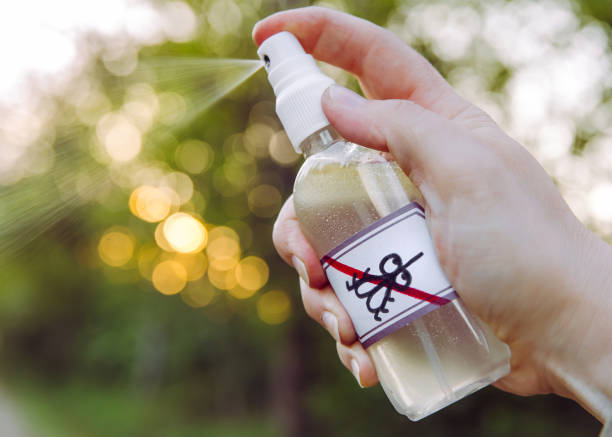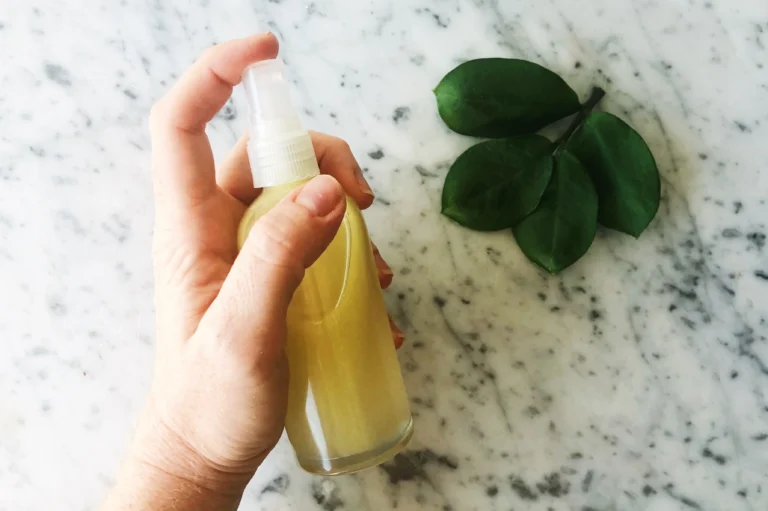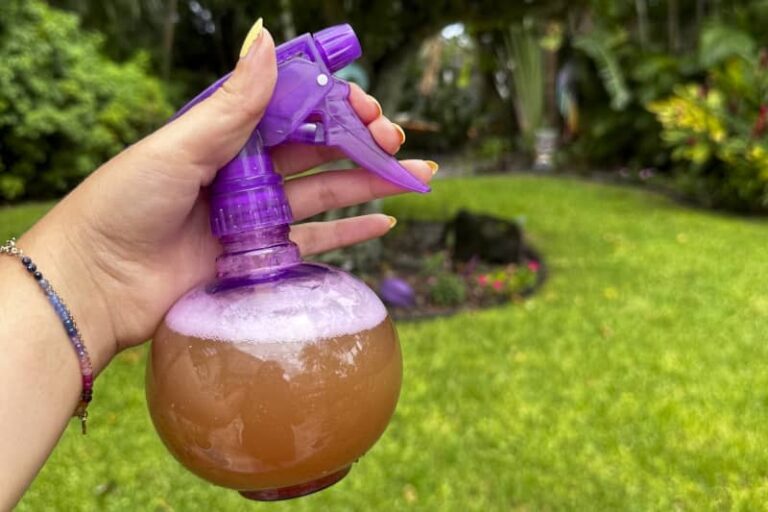Baking Soda For Hydrangeas – Tips and Ideas
I’ll be honest — when I first heard folks talking about using baking soda in the garden, I figured it was just another old wives’ tale. You know, the kind that sounds magical but never quite works.
But over time, I’ve given it a go with my hydrangeas, especially after a few battles with powdery mildew and mystery leaf spots.
Turns out, there’s something to it… but it’s not quite the miracle fix people make it out to be.
Let’s break it down a bit — what baking soda can actually do for your hydrangeas, what it can’t, and how to use it without causing more harm than good.
What Baking Soda Can Do For Hydrangeas
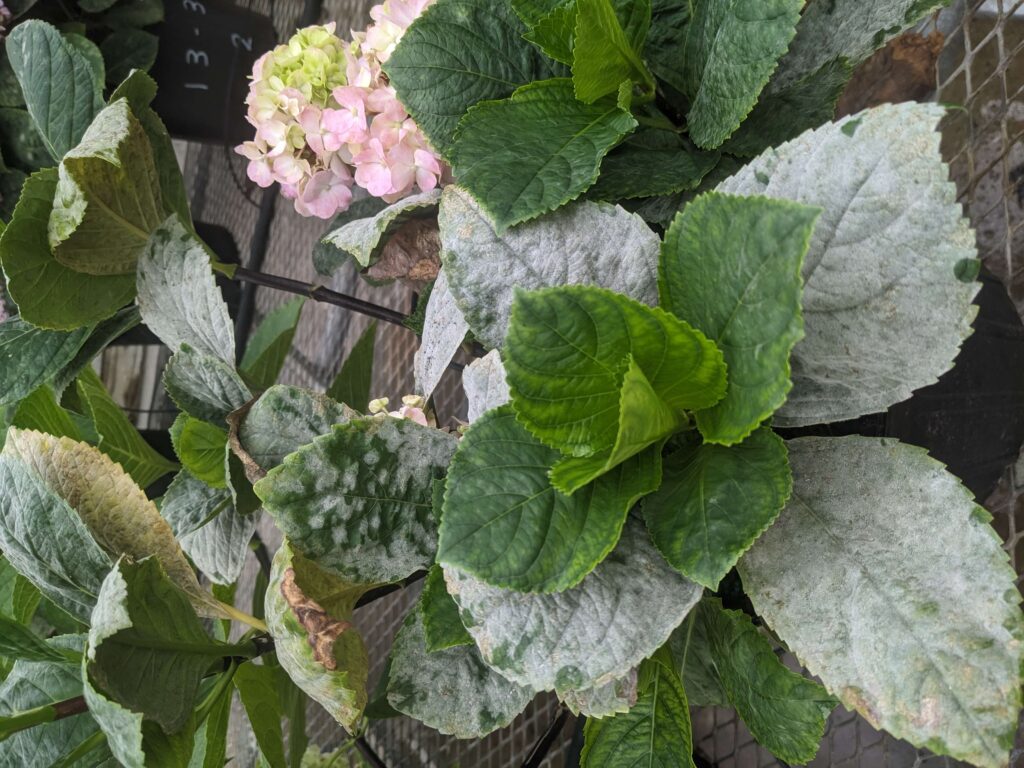
Here’s the thing — baking soda is mildly alkaline, so it shifts the pH on the surface of leaves just enough to make it harder for fungal spores to thrive. That’s why it’s often used as a DIY anti-fungal spray.
It can also help deter some pests. Slugs, ants, even aphids aren’t huge fans of the stuff.
And every now and then, I’ll use it to clean up dusty or grimy leaves, especially after a windstorm — it gives the plant a nice fresh look.
But let’s be clear: baking soda isn’t a fertilizer. It’s more like a supporting actor than the lead role.

My Go-To Baking Soda Spray
This is the simple mix I use when I see mildew creeping in:
| Ingredient | Amount |
|---|---|
| Baking Soda | 1 teaspoon |
| Water | 1 quart (about 1 liter) |
| Dish Soap | A few drops (unscented) |
I mix it all up in a spray bottle and give the leaves a light misting in the morning. That way, the plant has time to dry before nightfall — super important if you want to avoid rot.
Don’t go spraying every other day though. Once a week is plenty, and always after a good watering so the plant isn’t stressed.
Common Misunderstandings
Okay, let’s clear the air on a couple things I’ve heard tossed around at the garden center or in the local Facebook gardening groups.
| Myth | The Reality |
|---|---|
| Baking soda changes flower color | Nope. Flower color depends mostly on soil pH and aluminum levels. Want blue? Lower the pH with sulfur or peat. Want pink? Add lime. |
| Baking soda boosts blooming | It doesn’t feed the plant. No nutrients = no extra blooms. Use a proper balanced fertilizer instead. |
If you’re trying to manipulate flower color, you’ll have better luck testing and adjusting your soil than tossing baking soda at it.
When To Use It (And When Not To)
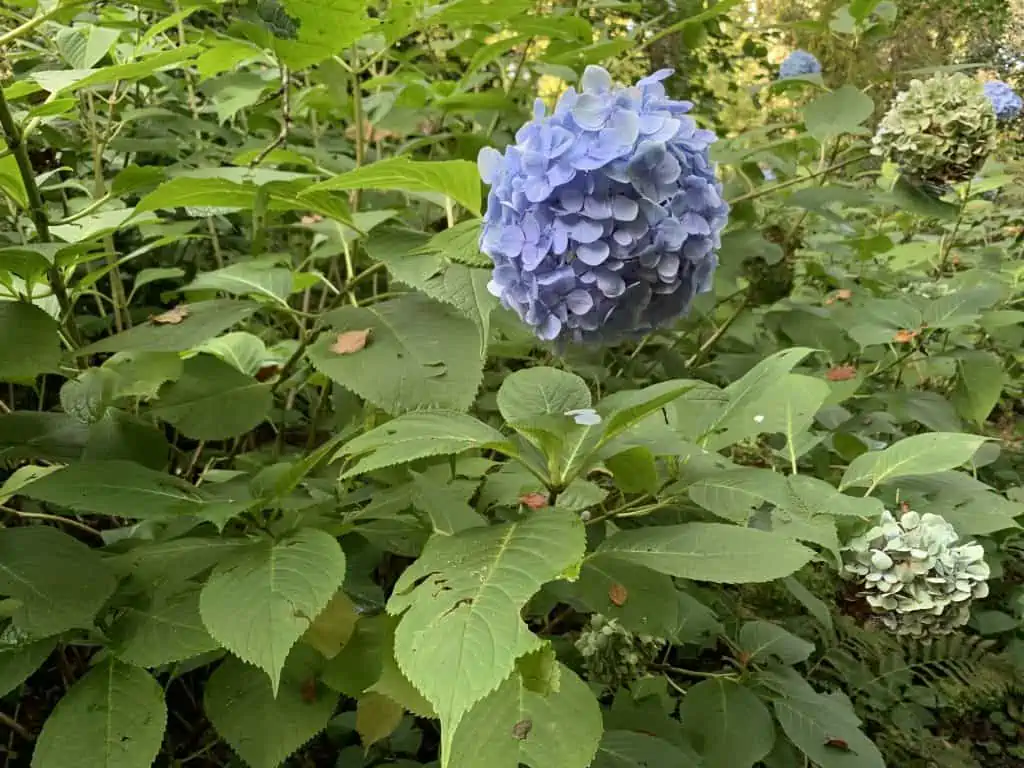
I use baking soda mostly as a quick, gentle fix when I spot powdery mildew starting — usually after a warm, damp week. It’s also handy early in the season to keep things clean and prevent fungi from getting cozy.
But if your plant is in real trouble — like leaves curling, wilting, or getting spotty all over — baking soda alone probably won’t cut it.
You’ll need something a bit stronger, maybe a copper fungicide or neem oil.
Also, too much soda in the soil over time can mess with the pH balance and cause salt buildup. So don’t go dumping it straight onto the roots or soil week after week.
A Few Things That Actually Help Hydrangeas
Just for balance, here are a few things I’ve done that made a real difference in my hydrangea patch — and I say this as someone who lives in a pretty temperamental spot weather-wise.
| Trick | What It Does |
|---|---|
| Coffee grounds or peat moss | Acidifies soil (great for blue blooms) |
| Mulching with pine needles | Keeps roots cool, locks in moisture |
| Watering at soil level | Prevents leaf diseases |
| Balanced fertilizer in spring | Encourages full, lush flowering |
I also test the soil pH every few seasons with one of those cheap kits — not perfect, but gives me a ballpark.
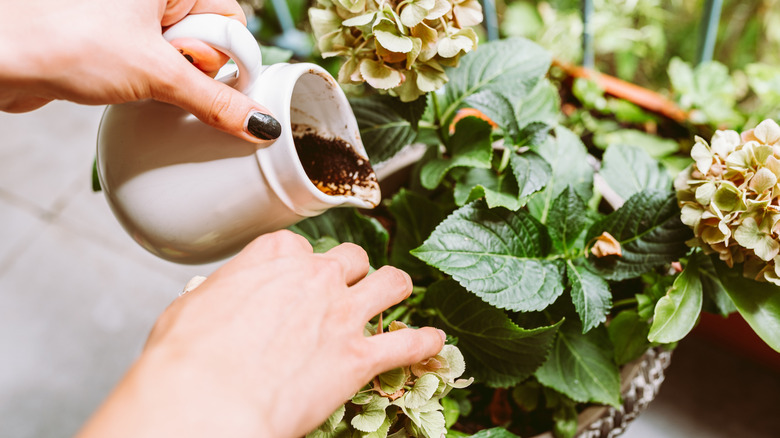
Final Thoughts
Baking soda is handy. It’s cheap. It’s already in your pantry. But it’s not going to transform your hydrangeas overnight or turn them into bloom machines.
Think of it as part of a bigger toolkit — a gentle helper that works best when your plants are already mostly happy and healthy.
Use it mindfully, avoid overdoing it, and your hydrangeas will thank you with lush leaves and vibrant blooms.



